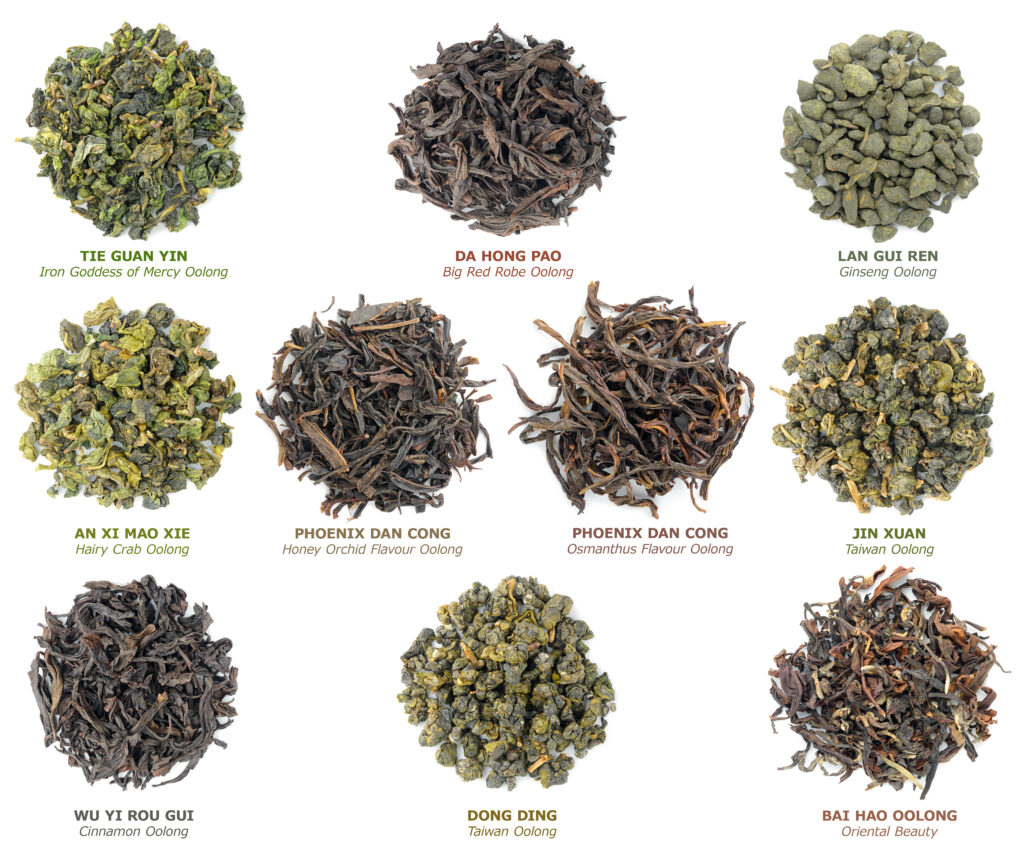oolong tea varieties
- Blog
- oolong tea varieties
organic tea
Okay, so I’ve been really getting into oolong tea lately, and let me tell you, it’s a whole world of flavor out there. I decided to do a little experiment and try out a bunch of different kinds to see what’s what.
First off, I learned that oolong tea is sometimes called “qing cha” or “blue tea”. It’s like, halfway fermented, so it’s in between green tea and black tea. Makes sense, right? It also has two big families, like Green Oolong and Dark Oolong, they are so different in taste.
So, I hit up a few local tea shops and even ordered some online to get a good variety. I ended up with a pretty decent haul.
I started with some of the lighter ones. These are called Green Oolongs or Jade Oolongs. They have a lower oxidation level, so they’re closer to green tea in taste. One of the most famous ones is called Tieguanyin. I brewed it up, and man, it was super floral and light. The leaves were a pretty green color, and the tea itself was a pale, golden hue. It was really refreshing, and I could see myself drinking this all the time, especially in the summer.

Then I moved on to the darker oolongs. The Da Hong Pao, for example. This one’s from the Wuyi Mountains, and it’s roasted, so it has this deep, kind of smoky flavor. I also heard it has a special flavor called ‘gan’ which means a kind of good bitter and sweet taste, I was so curious about it!
The color was way darker, like a reddish-brown, and the taste was something else. It was definitely more intense, with hints of like, I don’t know, caramel and maybe even a little bit of citrus, so interesting. It also had a roasted aroma that was really nice.
After trying a few more kinds, I realized that the world of oolong tea is huge and diverse. There’s just so much variation in flavor depending on where it’s from, how it’s processed, and how it’s brewed. It’s pretty cool how you can get such different experiences from the same type of tea.
Honestly, I’m no expert, but this little experiment has been a lot of fun. I’ve learned a ton, and I’ve found some new favorite teas along the way. I’m definitely going to keep exploring the world of oolong. There’s still so much out there to try!
© Copyright 2025 Qianwei Tea | Theme developed by sitemap